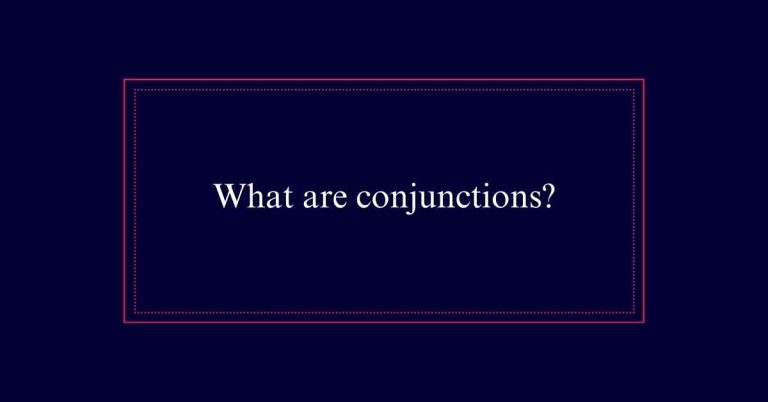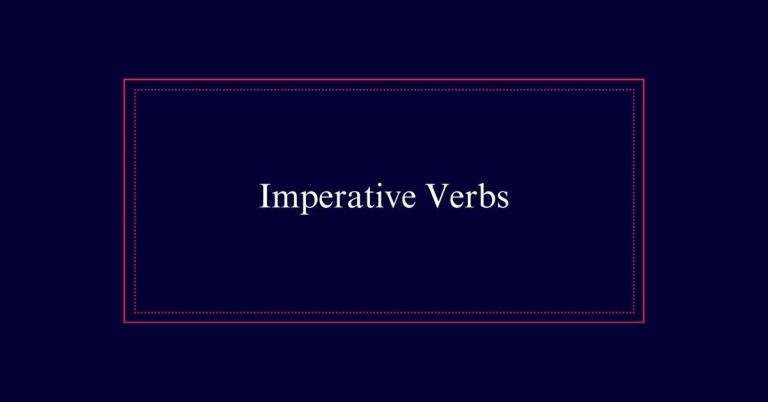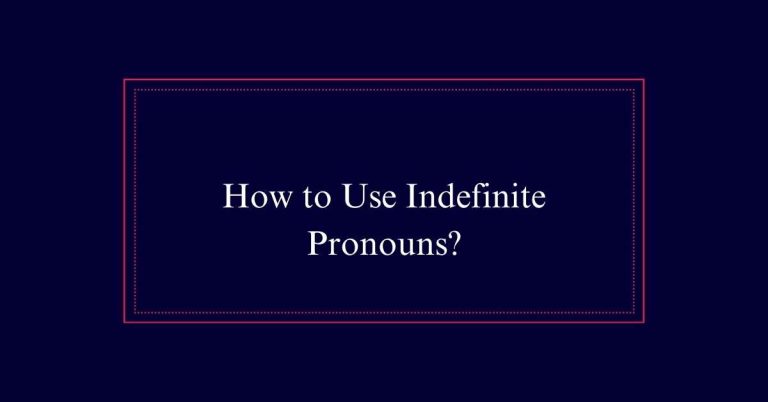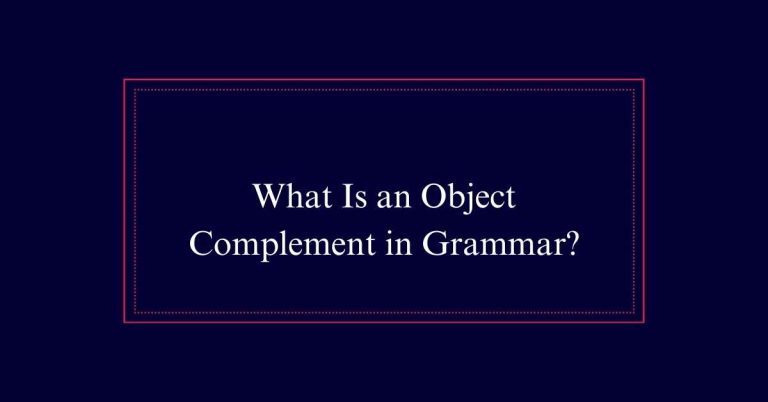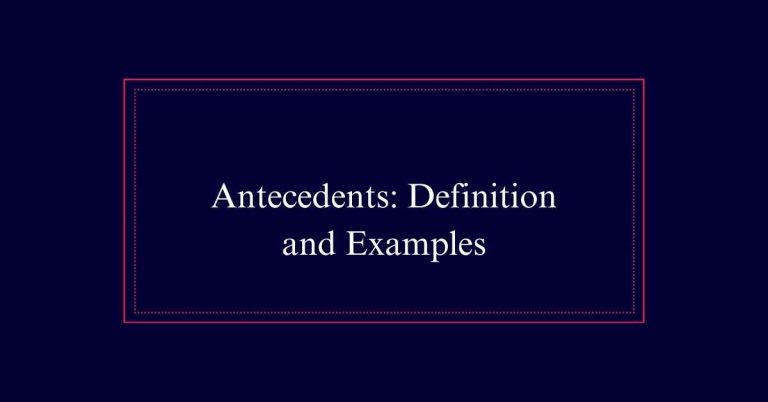Simple Past Tense
The simple past tense is used to describe actions completed at a specific time in the past. For regular verbs, form it by adding -ed (e.g., ‘walked’). Irregular verbs have unique forms, such as ‘go’ (went) and ‘see’ (saw). For negative sentences, use ‘did not’ plus the base verb (e.g., ‘did not walk’). Questions are formed using ‘Did’ followed by the subject and base verb (e.g., ‘Did you walk?’).
Forming the Simple Past
Forming the simple past tense involves adding -ed to regular verbs. This important rule applies to most verbs, creating forms like ‘walked,’ ‘played,’ and ‘talked.’
However, some verbs have unique changes in spelling. For instance, verbs ending in a consonant-vowel-consonant pattern, like ‘stop,’ double the final consonant before adding -ed, resulting in ‘stopped.’
It’s essential to recognize that irregular verbs do not follow this pattern. Examples include ‘go’ (went), ‘eat’ (ate), and ‘see’ (saw). These must be memorized due to their non-standard forms.
Also, pay attention to common verbs like ‘be,’ ‘have,’ and ‘do,’ which have distinctive past tense forms.
Regular Verbs in Past Tense
Regular verbs in the past tense are formed by simply adding -ed to the root of the verb. This guideline applies consistently, making regular verbs straightforward to use.
For example, the verb ‘walk’ becomes ‘walked,’ and ‘play’ becomes ‘played.’
To guarantee correct usage, consider the following points:
- Spelling Changes: Double the final consonant in one-syllable verbs ending in a single vowel followed by a consonant (e.g., ‘plan’ becomes ‘planned’).
- Final -e Addition: Just add -d to verbs ending in -e (e.g., ‘like’ becomes ‘liked’).
- -y to -ied Adjustment: Change -y to -ied when a consonant precedes it (e.g., ‘hurry’ becomes ‘hurried’).
Irregular Verbs in Past Tense
While regular verbs follow consistent rules for past tense formation, irregular verbs require memorization due to their unique forms. Unlike regular verbs, which simply add -ed, irregular verbs change in various ways.
For example, ‘go’ becomes ‘went,’ ‘eat’ becomes ‘ate,’ and ‘see’ becomes ‘saw.’ These changes do not follow a predictable pattern, making it essential to learn each irregular verb individually.
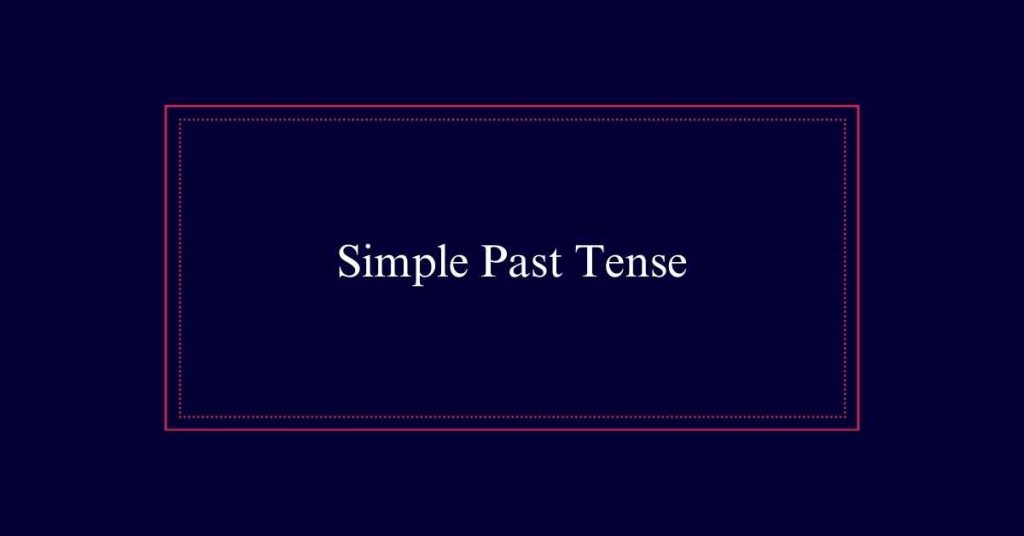
Common irregular verbs include ‘be,’ ‘have,’ and ‘do.’ Mastering these forms is essential for accurate past tense usage. Irregular verbs are frequently used in everyday communication, so familiarity with these forms enhances fluency.
Spelling Rules for Past Tense
Mastering the spelling rules for past tense verbs guarantees accurate and effective communication. Regular verbs typically form the past tense by adding ‘-ed’ to the root form. However, attention to specific spelling rules is crucial:
- Doubling the final consonant: For verbs ending in a single vowel followed by a consonant (e.g., ‘stop’ becomes ‘stopped’), double the final consonant before adding ‘-ed.’
- Dropping the final ‘e’: For verbs ending in ‘e’ (e.g., ‘love’ becomes ‘loved’), simply add ‘-d.’
- Changing ‘y’ to ‘i’: If a verb ends in a consonant followed by ‘y’ (e.g., ‘carry’ becomes ‘carried’), change the ‘y’ to ‘i’ and add ‘-ed.’
Negative Sentences in Past Tense
To form negative sentences in the past tense, use the auxiliary verb ‘did’ followed by ‘not’ and the root form of the main verb. This structure is consistent for both regular and irregular verbs. For example, “did not walk” and “did not go” correctly negate actions in the past. Below is a table showing examples:
| Affirmative Sentence | Negative Sentence |
|---|---|
| She played the piano. | She did not play the piano. |
| They traveled to Paris. | They did not travel to Paris. |
| He ate the sandwich. | He did not eat the sandwich. |
Contractions in Negative Forms
In informal writing, contractions are commonly used to create negative forms of verbs in the simple past tense. These contractions make sentences sound more natural and conversational.
The most frequently used contractions in the simple past tense include:
- Didn’t: This is the contraction for ‘did not’. For example, ‘She didn’t go to the party.’
- Wasn’t: This is the contraction for ‘was not’. For example, ‘He wasn’t at home.’
- Weren’t: This is the contraction for ‘were not’. For example, ‘They weren’t ready.’
Questions in the Simple Past
Forming questions in the simple past tense involves using the auxiliary verb ‘did’ followed by the subject and the base form of the main verb. For example, ‘Did she finish her homework?’ and ‘Did they attend the meeting?’ illustrate this structure.
When using the verb ‘to be,’ invert the subject and the verb, as in ‘Was he at the party?’ and ‘Were they on time?’
Interrogative words like who, what, where, when, why, and how can start questions. Examples include ‘Where did you go?’ and ‘Why did he leave early?’
The key is to maintain the base form of the verb after ‘did.’ This structure guarantees clarity and correctness in forming questions in the simple past tense.
Using Auxiliary Did
The auxiliary ‘did’ is essential for constructing negative sentences and questions in the simple past tense. It serves as a marker for past actions.
When forming negatives, ‘did not’ or its contraction ‘didn’t’ is used before the root form of the verb.
For questions, ‘did’ precedes the subject and is followed by the root form of the verb. This structure remains consistent regardless of whether the verb is regular or irregular.
Here are the key points:
- Negative Sentences: Use ‘did not’ + [root form of the verb]. Example: ‘did not eat.’
- Questions: Use ‘did’ + [subject] + [root form of the verb]. Example: ‘Did you see?’
- Consistency: The structure is the same for all verbs.
Common Regular Verbs
Understanding how to use auxiliary ‘did’ is fundamental for mastering the simple past tense.
Knowing common regular verbs is equally important. Regular verbs form their past tense by adding -ed to the base form. For example, ‘walk’ becomes ‘walked,’ and ‘talk’ becomes ‘talked.’ This pattern makes regular verbs predictable and easier to learn.
Practicing with common regular verbs like ‘played,’ ‘worked,’ and ‘lived’ helps build confidence in using the simple past tense. These verbs follow the same rules in both affirmative and negative sentences, as well as in questions.
Consistent practice with regular verbs ensures a firm grasp of basic simple past tense usage, essential for effective communication.
Common Irregular Verbs
Mastering common irregular verbs is essential for fluent communication in the simple past tense. Unlike regular verbs, irregular verbs do not follow a predictable pattern. They require memorization.
Here are three key irregular verbs:
- Go – The past tense form is ‘went.’ Example: ‘She went to the market.’
- Eat – The past tense form is ‘ate.’ Example: ‘He ate breakfast early.’
- See – The past tense form is ‘saw.’ Example: ‘They saw a movie.’

